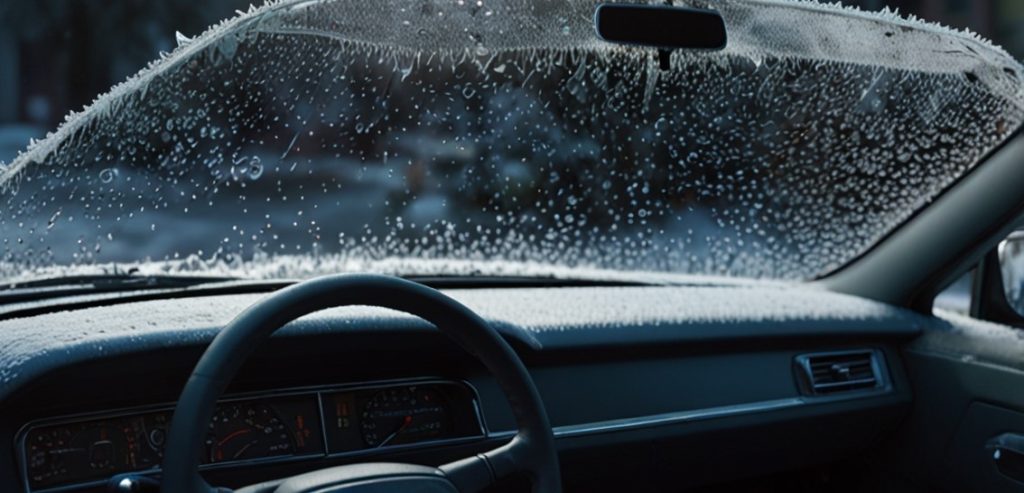Many drivers face cold winter days alongside the frustrating task of removing ice from their windshield. The morning departure situation requires special attention since it produces challenges that threaten your windshield integrity. The following set of solutions will effectively help you manage this problem in a risk-controlled manner.
How to defrost the windshield?
Many drivers make the incorrect choice by using hot water to eliminate frost from their glass. Avoid using hot water for defrosting your windshield because thermal shocks can create considerable hazards. When wet hot water touches cold glass surfaces internal pressures appear that often cause damage ranging from cracks to windshield chips and shatter. The thermal shock between hot water and cold glass weakens the beam further increasing the likelihood of sustained damage later on.
Fortunately, there are safer ways to remove ice from your windshield:
- Scraper: An inexpensive and simple option. For avoiding blade-induced scratches always select a plastic-blaeded model and operate it with soft gliding movements.
- De-icing spray: Several specific products exist which provide rapid ice melting systems for vehicles. Before using any products you should read the instructions and get products from dependable brands to be sure they’re safe and effective.
- Windshield cover: The protective tarp functions by blocking ice formation so you don’t need to clear your morning frost with defrosting methods.
- Air conditioning: Directing flowing air at medium temperature toward the windshield works as an excellent defrosting measure. The use of hot air must be avoided due to thermal shock risk.
For ice prevention when vehicle parking identify covered indoor storage areas or invest in windshield covers and elevate your wipers above the glass surface. A de-icing spray offers helpful protection but you must read and follow its usage instructions both for your personal health and environmental protection.

